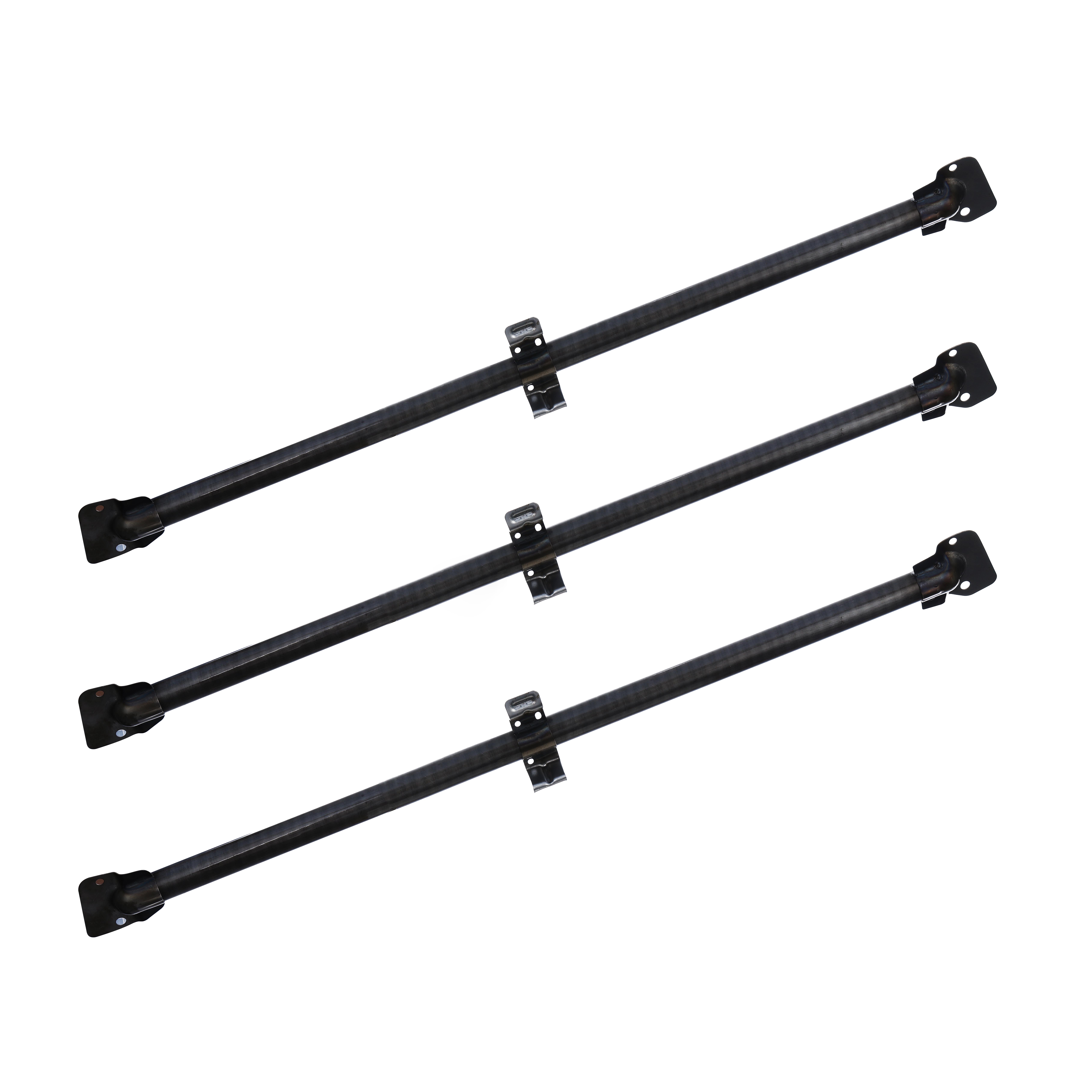Effective Methods for Cleaning Automotive Parts to Enhance Performance and Longevity
Nov . 07, 2024 21:43
The Importance of Automotive Parts Washing Ensuring Quality and Longevity
In the automotive industry, the cleanliness of parts is not merely a matter of aesthetics; it is a critical factor that affects the performance, safety, and longevity of vehicles. Automotive parts washing is an essential process that involves the cleaning of components to remove contaminants such as grease, oil, dirt, and other residues. This article delves into the importance of automotive parts washing, the methods employed, and the impact it has on quality assurance and operational efficiency.
Why Automotive Parts Washing is Crucial
1. Enhanced Performance Contaminated parts can lead to subpar performance. For instance, engines with dirty components can experience diminished fuel efficiency and increased wear and tear. Proper washing ensures that parts operate smoothly, reducing friction and preventing premature failure.
2. Safety Considerations Dirty brake components or transmission parts can significantly compromise vehicle safety. By ensuring that these critical components are clean, automotive parts washing reduces the risk of accidents caused by mechanical failures.
3. Extended Lifespan Regular cleaning of automotive parts can extend their lifespan. Dirt and contaminants can cause corrosion and degradation over time, leading to costly replacements. A clean environment helps maintain the integrity of the components, translating to better longevity and reliability.
4. Quality Control In manufacturing and repairs, quality control is paramount. Parts that are free from impurities are more likely to meet stringent quality standards required in the industry. This not only ensures compliance with regulations but also builds trust with customers.
Methods of Automotive Parts Washing
There are several methods of washing automotive parts, each suited to different types of components and levels of contamination
. Some of the most common techniques include
automotive parts washing
1. Solvent Cleaning This method uses chemical solvents to dissolve contaminants on parts. Solvent cleaning is effective for removing oils and greases, but it requires careful handling and disposal due to environmental concerns.
2. Ultrasonic Cleaning Utilized for intricate parts with complicated geometries, ultrasonic cleaning uses high-frequency sound waves in a cleaning solution to create cavitation bubbles that agitate the fluid. This method can penetrate tight spaces and provides a thorough clean.
3. Aqueous Cleaning Using water-based solutions, aqueous cleaning is an environmentally friendly option that can effectively remove dirt and grime. This method often incorporates detergents to enhance its cleaning power.
4. Steam Cleaning Steam cleaning employs high-pressure steam to lift away contaminants. This method is particularly effective for heavy-duty machines and parts that can withstand exposure to heat and moisture.
5. Media Blasting For heavily soiled components, media blasting uses abrasive materials propelled at high velocity to remove surface contaminants. This method is often suitable for cleaning engine blocks or other robust parts.
Conclusion
In conclusion, automotive parts washing plays an invaluable role in the maintenance and repair of vehicles. As a vital component of quality control, it enhances performance, ensures safety, and extends the lifespan of automotive parts. With various methods available, it is imperative for manufacturers and repair shops to select the appropriate technique based on the specific needs of the components being cleaned. As the industry continues to evolve, the focus on sustainability will also shape the future of automotive parts washing, encouraging practices that minimize environmental impact while maximizing efficiency. Ultimately, investing in proper cleaning processes not only helps in maintaining high-quality standards but also ensures customer satisfaction and loyalty.
In a world where the reliability of vehicles is paramount, understanding and implementing proper automotive parts washing techniques is a step that every business in the automotive sector must take to remain competitive and responsible.
 Afrikaans
Afrikaans  Albanian
Albanian  Amharic
Amharic  Arabic
Arabic  Armenian
Armenian  Azerbaijani
Azerbaijani  Basque
Basque  Belarusian
Belarusian  Bengali
Bengali  Bosnian
Bosnian  Bulgarian
Bulgarian  Catalan
Catalan  Cebuano
Cebuano  Corsican
Corsican  Croatian
Croatian  Czech
Czech  Danish
Danish  Dutch
Dutch  English
English  Esperanto
Esperanto  Estonian
Estonian  Finnish
Finnish  French
French  Frisian
Frisian  Galician
Galician  Georgian
Georgian  German
German  Greek
Greek  Gujarati
Gujarati  Haitian Creole
Haitian Creole  hausa
hausa  hawaiian
hawaiian  Hebrew
Hebrew  Hindi
Hindi  Miao
Miao  Hungarian
Hungarian  Icelandic
Icelandic  igbo
igbo  Indonesian
Indonesian  irish
irish  Italian
Italian  Japanese
Japanese  Javanese
Javanese  Kannada
Kannada  kazakh
kazakh  Khmer
Khmer  Rwandese
Rwandese  Korean
Korean  Kurdish
Kurdish  Kyrgyz
Kyrgyz  Lao
Lao  Latin
Latin  Latvian
Latvian  Lithuanian
Lithuanian  Luxembourgish
Luxembourgish  Macedonian
Macedonian  Malgashi
Malgashi  Malay
Malay  Malayalam
Malayalam  Maltese
Maltese  Maori
Maori  Marathi
Marathi  Mongolian
Mongolian  Myanmar
Myanmar  Nepali
Nepali  Norwegian
Norwegian  Norwegian
Norwegian  Occitan
Occitan  Pashto
Pashto  Persian
Persian  Polish
Polish  Portuguese
Portuguese  Punjabi
Punjabi  Romanian
Romanian  Samoan
Samoan  Scottish Gaelic
Scottish Gaelic  Serbian
Serbian  Sesotho
Sesotho  Shona
Shona  Sindhi
Sindhi  Sinhala
Sinhala  Slovak
Slovak  Slovenian
Slovenian  Somali
Somali  Spanish
Spanish  Sundanese
Sundanese  Swahili
Swahili  Swedish
Swedish  Tagalog
Tagalog  Tajik
Tajik  Tamil
Tamil  Tatar
Tatar  Telugu
Telugu  Thai
Thai  Turkish
Turkish  Turkmen
Turkmen  Ukrainian
Ukrainian  Urdu
Urdu  Uighur
Uighur  Uzbek
Uzbek  Vietnamese
Vietnamese  Welsh
Welsh  Bantu
Bantu  Yiddish
Yiddish  Yoruba
Yoruba  Zulu
Zulu 












